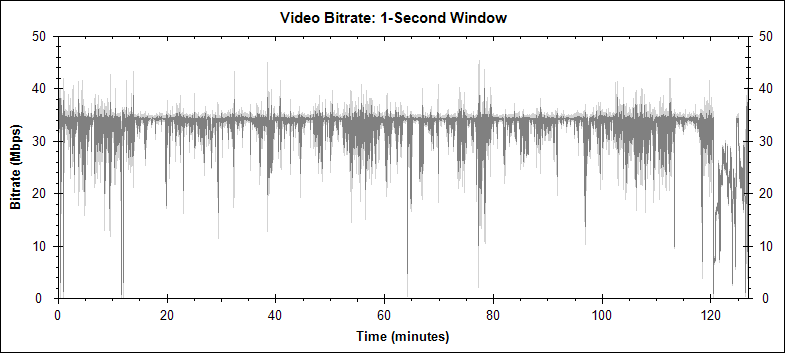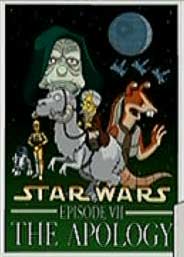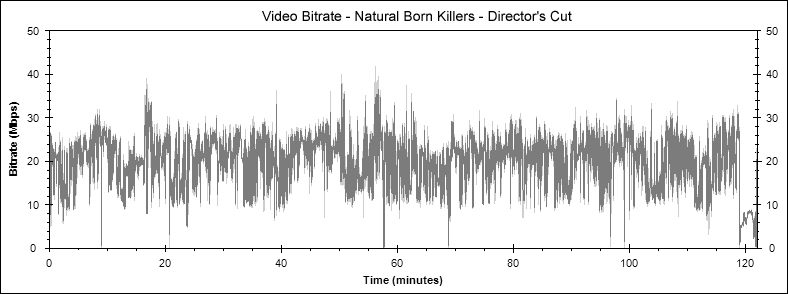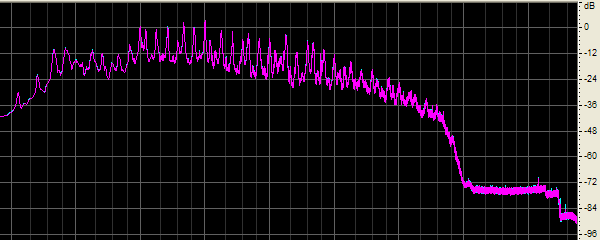Yesterday I received a very interesting email from a reader, headed as shown above. The matters raised will be, I think, of interest to other readers on this Blog, so I’m answering it here. First, here’s the email (lighted edited for grammar):
Hi, while comparing Blu-ray players and HDMI cables last night we (4 of us) discovered while using The Fifth Element Blu-ray as a reference (which we had 2 copies of) that there was a significant difference between them. One of the disks was a American import, the other an Aussie, both were the remastered versions.The American version was clearly sharper, more detailed, better contrast and had just more life to the picture, discussing this further one of the group said this was not the first time he had witnessed this, and went on to say he saw similar improvements on other Blu-rays such as The Dark Knight Region A over the B version .
We were using some pretty good gear, and whilst we could see improvements in players and then HDMI cables, the improvement in software was also significant.
This is to me terribly frustrating as I do not want to start replacing my Aussie Blu-rays for American ones. Would you be able to find out any info on this if possible please I would really appreciate it.
Here’s a list of the visual equipment :-
JVC HD1 1080p projector
Oz Theatre screens Majestic 110 inch
Sony BDP-S1E
Fully light controlled room (dark walls and ceiling etc)
Compared equipment:-
OPPO BDP 83 Blu-ray
Sony 5000 ES Blu-ray
Kordz master reference 7m HDMI cable
Regards John
There are several issues here, but I’ll start with the last concern: whether John should replace his Australian Blu-ray discs for American ones. The answer is: sometimes. But only if there really is a significant difference, only if it is the US version that is significantly better than the Australian version, and only if he has a player which will work with the US version.
If there are significant differences, I would generally expect that to be because the actual encoding of the data is different (different codec, for example, or different video bitrate). That would generally be because different companies have produced the discs for the different parts of the world, so these discs are more likely to be region coded. Obviously, an Oppo BDP-83 Blu-ray player purchased in Australia is likely to be fitted out to play discs from other regions, but few other players can do this.
In the specific cases mentioned — The Fifth Element and The Dark Knight — the US versions are not region coded. They will play happily in any player in the world.
Now let us assume for a moment that the US versions of these two movies do look better than the Australian versions, that does not mean that US Blu-rays in general look better than Australian ones. If the Blu-ray versions of all movies look different in their US and Australian versions, then the default assumption would be that of the ones for which a ‘this is better than that’ judgement could be made, in roughly half the cases the Australian version would look better than the US version.
Consider a gross example: the Australian version of Watchmen comes from Paramount with a much higher bitrate MPEG4 AVC transfer in Australia, than the US Warner Bros VC1 version. However the US version is the longer Director’s Cut, so there’s a tradeoff.
Now we come to the specifics of the claims for these two movies. I have written extensively about The Fifth Element in my review of the Australian version here. I have written extensively about the differences and similarities between this and the two US versions here, finishing it off quite conclusively, I think, here. I believe that in these posts I establish that the video in the Australian version released by Sony and the remastered US version is identical. Having said that, I have been advised by Sony that it has disposed of distributorship, at least in Australia, for this movie. I just checked and this movie does not appear to be available in either DVD or Blu-ray format from any of the major on-line Australian disc retailers (DVD Orchard, EzyDVD, DVD Crave, Atlantic DVD, DVD Downunder, Devoted DVD). So if you want this movie, for the moment you’re going to have to buy from overseas.
As for The Dark Knight (my review of which is here), I invite readers to compare scans of both the Australian and US versions of this disc which were conducted using the tool BDInfo. These are on the Unofficial Blu-ray Audio and Video Specifications Threads, hosted at the AVS Forum. Those two posts show that both versions of this disc have exactly the same average video bitrate. From my experience with Warner Bros titles, to me that means that these are bit for bit identical copies. I note that the average bitrate for the English language Dolby TrueHD tracks is also identical. So the only difference seems to be the additional streams in the Australian version, adding a number of audio and subtitle languages.
So, are there actual visible differences between the US and Australian versions of these two movies? People like me are inclined to say ‘No’. If the video streams are identical, then they should be decoded identically on any given player. So I’m inclined to think that the differences John reports are imaginary. It’s the same phenomenon that can lead people to think that putting a plain piece of cardboard under one leg of a couch in your listening room can make your system sound better.
I suppose that the additional audio and subtitles streams included in the Australian version of The Dark Knight could, in some way, interfere with a player’s performance in extracting data from the disc, since there is a bit more of it, but it doesn’t seem likely. In any case, it is the US version of The Fifth Element that has the extra audio data, so such an effect should be around the other way with this movie.
I have previously received a report of alleged inferior performance of the Australian version of The Fifth Element, so perhaps there is some other version floating around out there. Unless proven, though, I’ll stick with the opinion that the differences apparent between the two versions (and, the differences between competent HDMI cables) are imaginary. And I’ll remain of that opinion until a well-conducted, statistically significant, double blind trial is conducted showing otherwise, and is successfully repeated a couple of times.
 Consider marking 29 October down in your diary. That’s the date that the new Star Trek movie is appearing on Blu-ray (and on DVD, but isn’t it better to watch it properly?)
Consider marking 29 October down in your diary. That’s the date that the new Star Trek movie is appearing on Blu-ray (and on DVD, but isn’t it better to watch it properly?)

 I have just been looking at the second disc of the brilliant ‘Ultimate Collector’s Edition’ Blu-ray version of Woodstock: 3 days of peace and music. One of the extras on this disc is a five minute featurette called ‘The Museum at Bethel Woods: The story of the Sixties & Woodstock’. This is presented in 1080i60 format (VC1 encoded), but it doesn’t look sharp enough to justify that HD format.
I have just been looking at the second disc of the brilliant ‘Ultimate Collector’s Edition’ Blu-ray version of Woodstock: 3 days of peace and music. One of the extras on this disc is a five minute featurette called ‘The Museum at Bethel Woods: The story of the Sixties & Woodstock’. This is presented in 1080i60 format (VC1 encoded), but it doesn’t look sharp enough to justify that HD format. It actually looks somewhat like the
It actually looks somewhat like the  Season 21 of The Simpsons started in Australia last night. Episode 1, ‘Homer the Whopper’, had a clever premise in which Comic Book Guy had penned his own series of comics which he hadn’t published for fear of scorn from fellow CBGs. However he was convinced to do so, and instantly a movie version went into production from ‘Ginormous Pictures’.
Season 21 of The Simpsons started in Australia last night. Episode 1, ‘Homer the Whopper’, had a clever premise in which Comic Book Guy had penned his own series of comics which he hadn’t published for fear of scorn from fellow CBGs. However he was convinced to do so, and instantly a movie version went into production from ‘Ginormous Pictures’.
